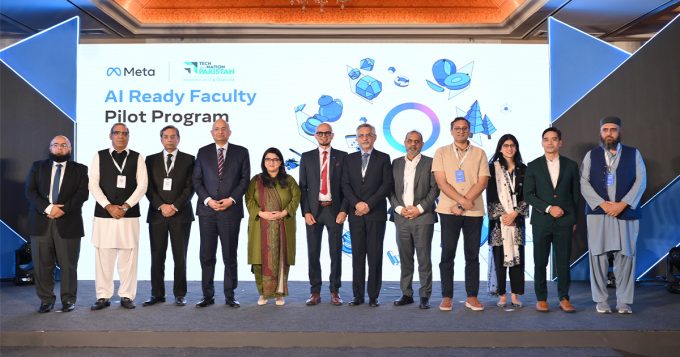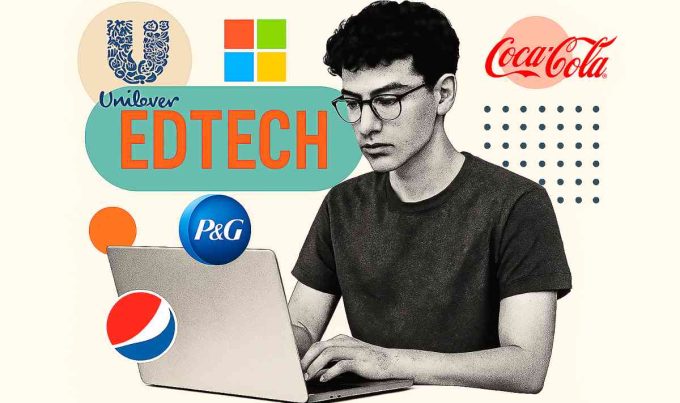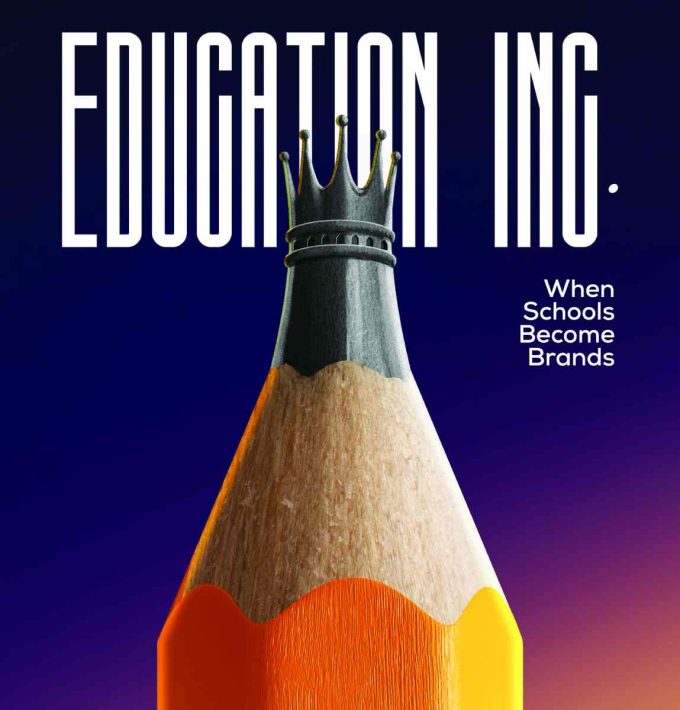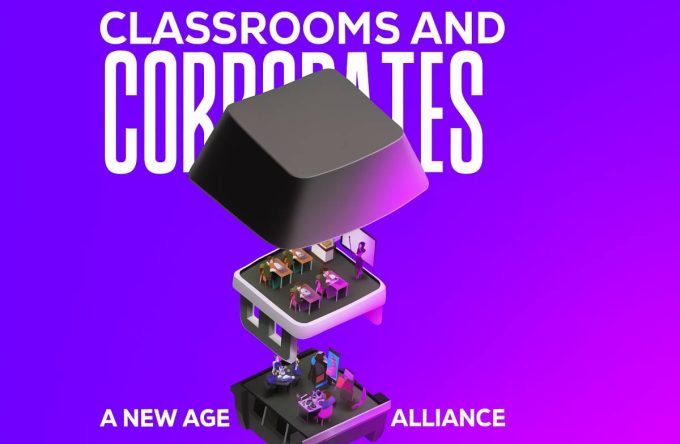TikTok is more than dances and trends; it is becoming Pakistan’s fastest-growing classroom, where 15-second lessons are reshaping how we learn.
The classroom bell rings, but millions of students have already begun learning on their phones. Across Pakistan and the globe, a revolution is transforming education as vertical screen formats, like TikTok, Instagram Reels, and YouTube Shorts, become the new textbooks for Generation Z.
The numbers tell a compelling story. TikTok alone has over 1.5 billion active users worldwide, with 57% being Gen Z learners aged 16-24. In Pakistan, where mobile internet penetration has reached 45.7%, these micro-learning platforms are filling educational gaps that traditional systems have struggled to address.
Research by Pearson reveals that 59% of Gen Z learners prefer video content over text-based learning, whilst Microsoft has found that the average human attention span has dropped to just 8 seconds, making TikTok’s short-form content align perfectly with how young minds consume information.
What educators once dismissed as mere entertainment is now challenging the very foundation of traditional learning.
The Micro-Learning Revolution
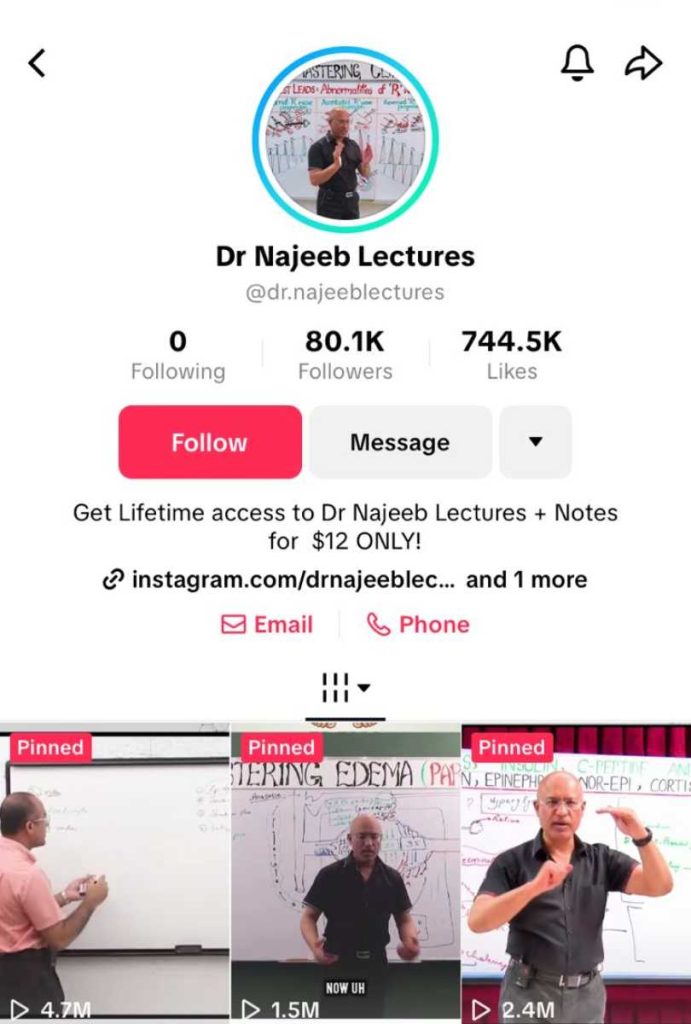
TikTok’s educational content continues to thrive globally, with #LearnOnTikTok emerging as one of the platform’s most popular hashtags, now featuring over 46.6 million posts. In Pakistan, where 64% of the population is under 30, these bite-sized lessons are reaching students faster than any curriculum reform ever could.
Consider this: a Pakistani student struggling with complex mathematical equations can now watch @mathcourt8’s 30-second explanation and grasp concepts that textbooks fail to clarify. Dr. Najeeb’s (@dr.najeeblectures) medical explanations have democratised access to quality healthcare education, reaching students in remote areas who previously had no expert instruction.
Pakistan’s Digital Classroom Heroes
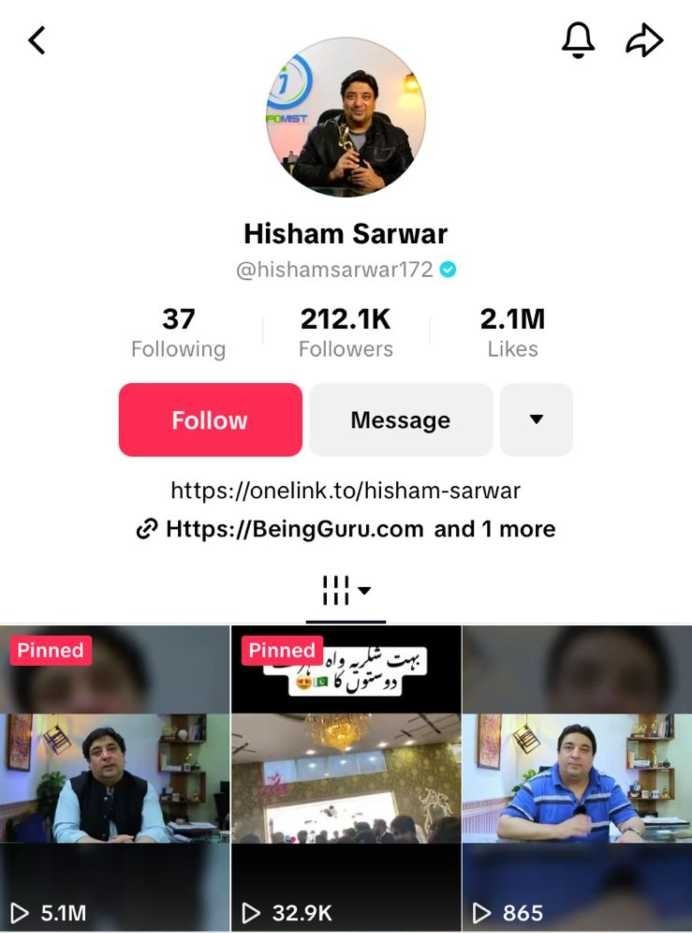
Pakistani educators on TikTok represent a paradigm shift in knowledge dissemination. MeeniTech (@meenitech) breaks down complex technology concepts into digestible content, whilst Hisham Sarwar (@hishamsarwar172) makes programming accessible to teenagers who might never have considered coding.
Most remarkably, Mohammad Asif Umer (@mohammadasifumer) transforms chemistry from a dreaded subject into an exciting spectacle through his experiments. His videos prove that when education becomes visual and engaging, retention rates soar. Students remember what they see, not what they read; a principle that traditional Pakistani education has been slow to embrace.
The Science Behind Short-Form Learning
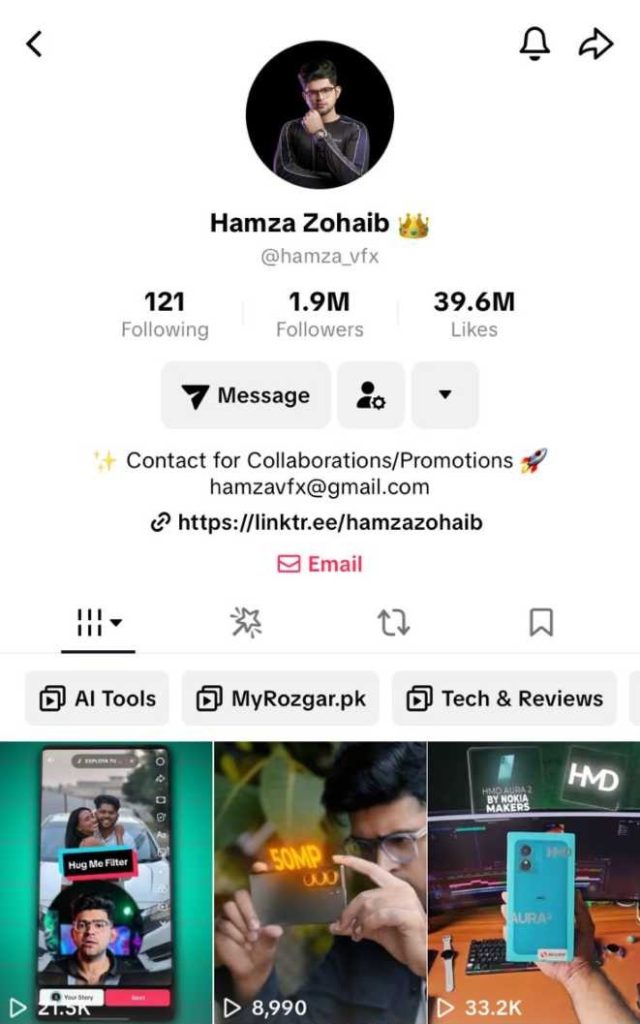
Neuroscience supports what these creators instinctively understand: the human brain is wired for visual learning.
Dr. Richard Mayer’s research demonstrates that people retain 65% of visual information three days later, compared to only 10% of text-based information. When Hamza VFX (@hamza_vfx) creates visual effects to explain scientific phenomena, he is optimising learning for how our brains function.
TikTok’s STEM Feed initiative has created a curated ecosystem where educational content thrives, ensuring students encounter quality material naturally while scrolling.
Global Trends, Local Impact
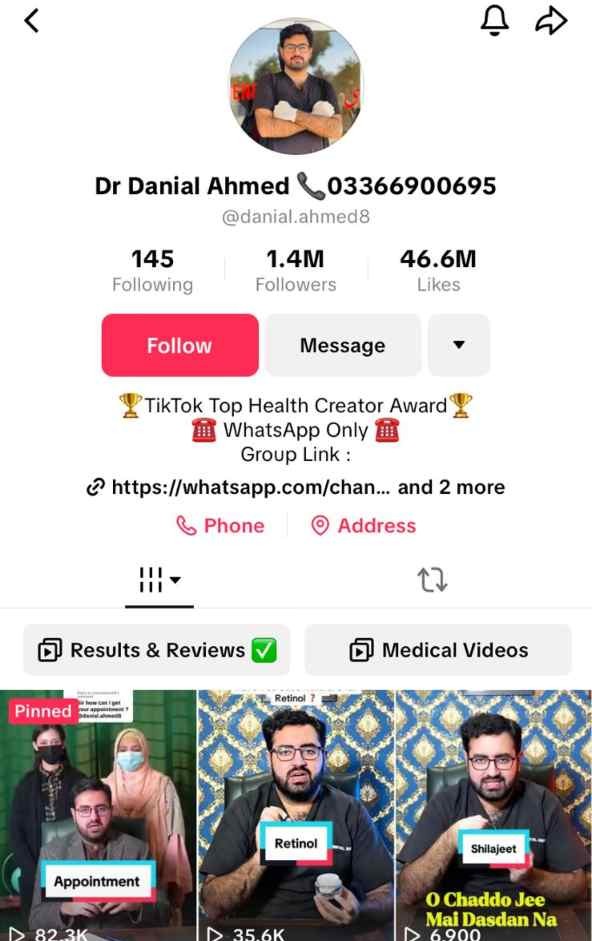
Internationally, educators like Bill Nye have embraced these platforms. In the UK, the BBC has partnered with TikTok creators for educational content. Whilst US universities incorporate social media strategies into teaching methodologies.
Pakistan faces unique opportunities. With limited resources in public education and significant urban-rural disparities, platforms like TikTok offer unprecedented educational equity. Students in Lahore and Skardu can access the same quality instruction from Dr. Daniyal (@danial.ahmed8) or physicist609 (@physician609), levelling the playing field.
The Elephant in the Room
Critics rightly point to concerns about screen time and shortened attention spans. The average social media user spends around 2 hours and 30 minutes daily on various platforms. This raises important questions about digital wellness. However, dismissing these platforms entirely ignores their transformative potential.
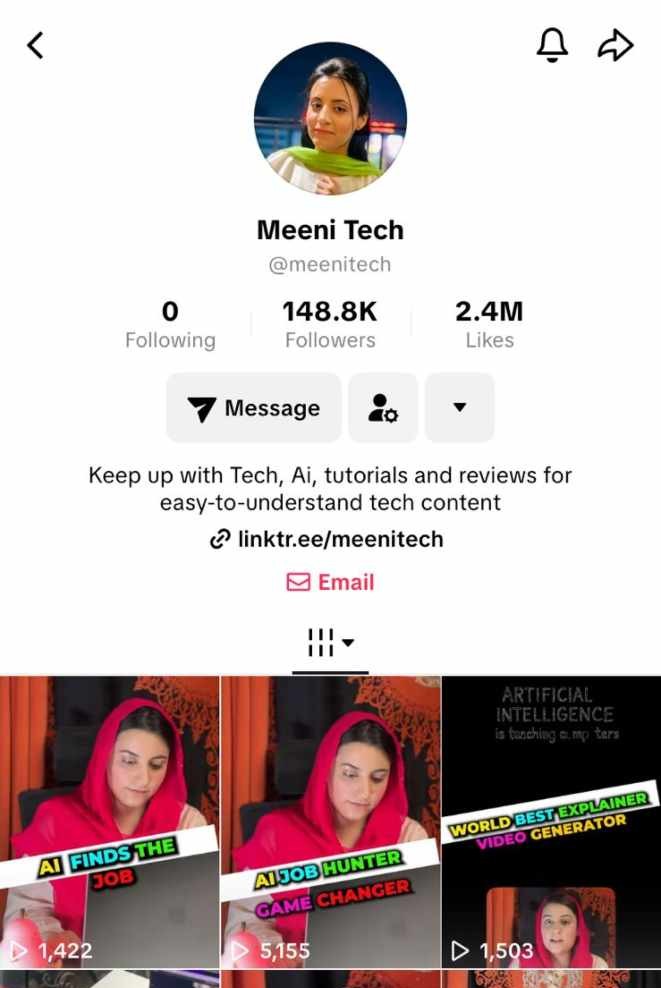
The solution lies not in prohibition but in purposeful integration. If students are already spending hours on their devices, why not ensure that some of that time contributes to their education? Schools could implement ‘guided digital learning’ sessions where students engage with educational content under supervision, transforming screen time from vice to virtue.
TikTok has introduced several features under its ‘Family Pairing’. This allows parents to connect their TikTok accounts with their teens’ to manage various safety settings. The latest addition enables parents to schedule ‘Time Away’ periods, restricting their teens’ access to the app at designated times. This could be during school hours, bedtime, or family meals. Giving parents greater flexibility in shaping their child’s screen time habits.
The Future of Learning
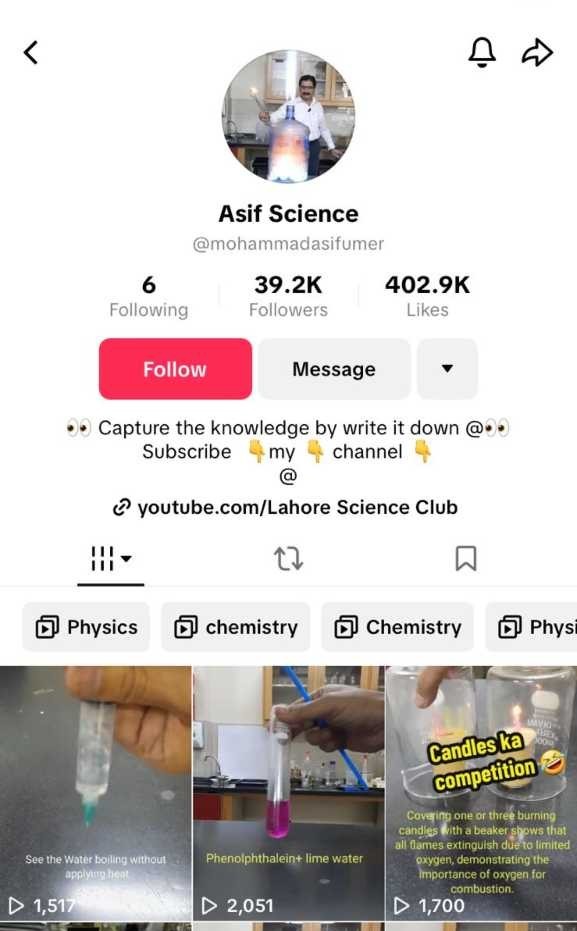
Forward-thinking Pakistani schools are experimenting with ‘flipped classrooms’ where students watch explanatory videos at home and use class time for discussion. This maximises both digital and traditional learning strengths.
The key is curation and quality control. Platforms must continue investing in educational content verification, ensuring that viral does not mean inaccurate. TikTok’s partnership with educational institutions to verify STEM content represents a crucial step in this direction.
Recommendations for Educational Stakeholders
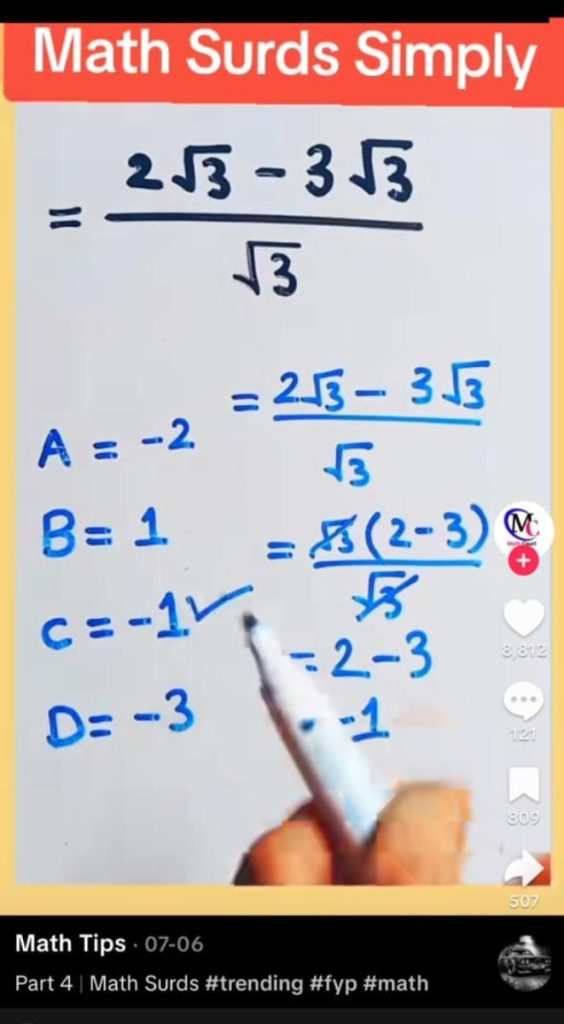
Educational policymakers should embrace these platforms as allies. Pakistan’s education ministry could collaborate with successful local creators to develop curriculum-aligned content. Schools should train teachers to create engaging short-form content, making them relevant to digital-native students.
Parents, too, must evolve their approach. Instead of viewing all screen time as detrimental, they should actively curate their children’s digital consumption, encouraging educational content while setting healthy boundaries.
All in all, the 15-second lesson is not replacing traditional education; it is enhancing it. When Mohammad Asif Umer’s chemistry experiment goes viral, it inspires new scientists. When Dr. Najeeb’s explanations reach rural students, they transform lives.
Pakistan stands at a crossroads. We can resist this digital transformation and watch students disengage, or harness these platforms’ power to create a more inclusive, engaging educational ecosystem. The students have decided; they are learning, one 15-second video at a time.
The classroom of tomorrow won’t have four walls. It will have infinite possibilities, delivered in bite-sized brilliance to every student with a smartphone. In Pakistan, that future is already here.




